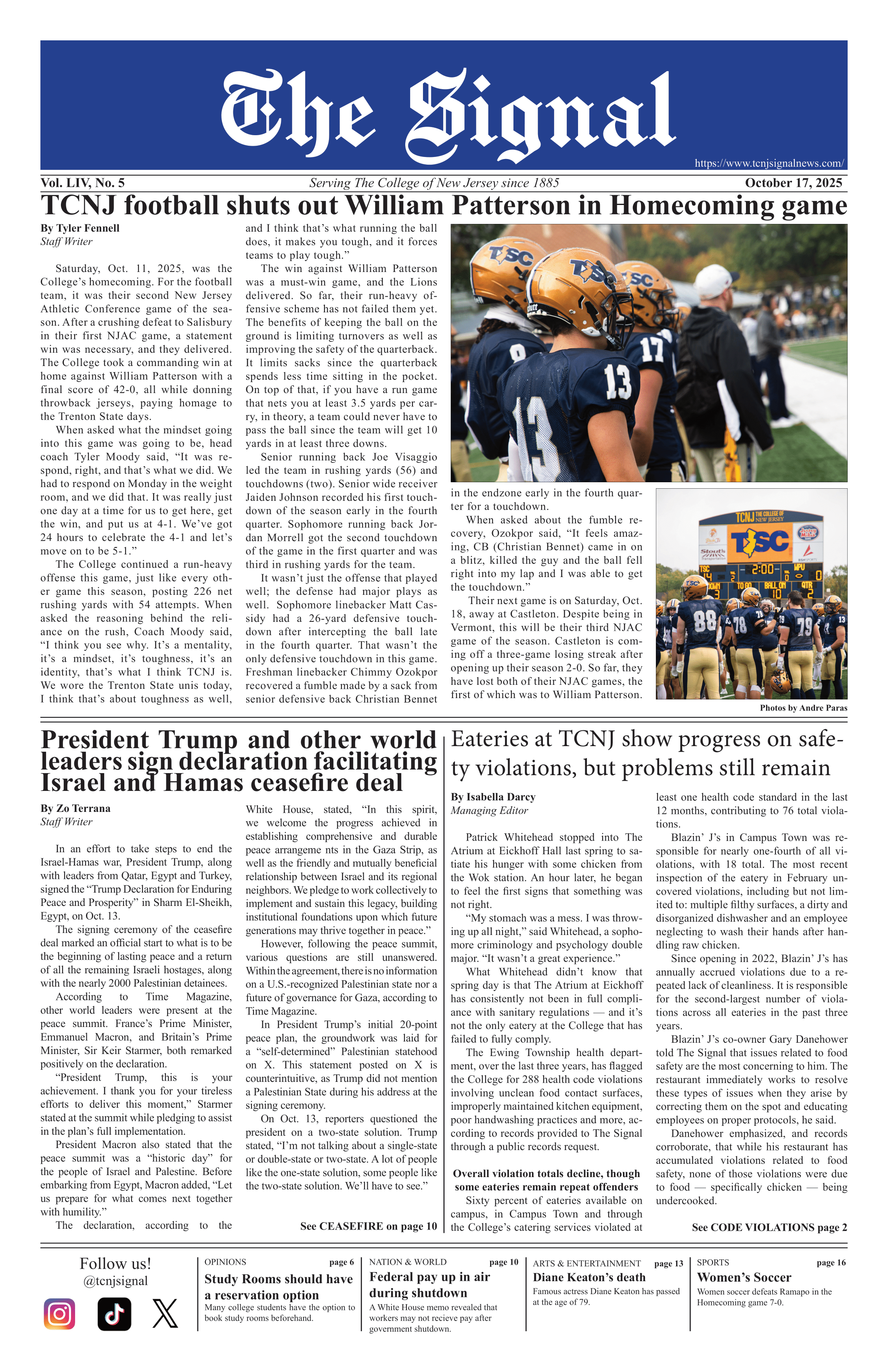By Maria Mostyka
Compassionate arguing is not an oxymoron. It is a tangible and indispensible type of discourse that must be practiced if we are to understand one another deeply. Before making a case for compassionate arguing, I will briefly outline the problems with the way we typically argue.

The goal of a typical discourse is to defeat the opponent by proving him or her wrong. It is all about finding the weak spots and aiming right there. In such talk we don’t listen to each other, and if we do, our listening is selective: what can I prove wrong and what should I dismiss?
How do we feel afterward? From discussing controversial issues to arguing about mundane matters, we so strongly identify with our opinions that our opinions become us and a critique of what we say becomes an assault on who we are. Both victors and losers experience emotional damage: we are left being extremely angry or upset or slightly disgruntled or even just in a bad mood. As Danny DeVito said in the movie “The War of the Roses,” “There’s no winning, only degrees of losing.”
An alternative to this type of discourse is the one filled with compassion. But first, I would like to say that talking with compassion does not mean to agree with everything your opponent has to say. When people engage in what they think is a compassionate discourse, they tread very cautiously, being afraid to offend or stir a controversy. Although this is considerate and nice, such discourse often doesn’t lead anywhere because people end up censoring their opinions and being squishy. We can hug each other and go home while reaching no consensus on topics as global as America’s involvement in the business of other countries or as personal as the existence of God and the purpose of faith.
But how exactly do we engage in a compassionate discourse? The goal is not to “win,” but to enrich our understanding of the issue and to realize the extent of our ignorance. It is to find where we might be wrong—why are we so sure of our position and where are our blind spots? As Donald Davidson, the late professor of philosophy at the University of California Berkley, explains, “If we want to understand others, we must count them right in most matters.”
Such understanding comes from a place of deep compassion. From the very beginning we have to be empathetic to the person while making in our minds at least the possibility that he or she might be right. In the end, we might not agree with their position, but to appreciate their view we must take in the whole context of their opinion.
To achieve this goal, we must listen with an open mind and with an open heart. It means to listen not only to the words, but also to the body language, to the intonation and to the unspoken. Karen Armstrong, a British author, recommends that we pay special attention to angry speeches in order to decode their meaning, making an effort to hear the pain behind the anger and frustration.
Compassionate discourse is assertive and kind, empathetic and honest. It might not be politically correct, it might touch raw nerves, but we must address difficult questions from the place of sincere caring. Instead of looking across, we will look in the same direction — at the issue itself and try to reach a consensus. We will no longer be opponents, but companions. We will emerge from such discourse feeling peaceful and content while having a much deeper appreciation of a different viewpoint.
I hope you will soon have a chance to put these principles to practice, and in any case, I’m open to a compassionate discourse, well, about compassionate discourse.






